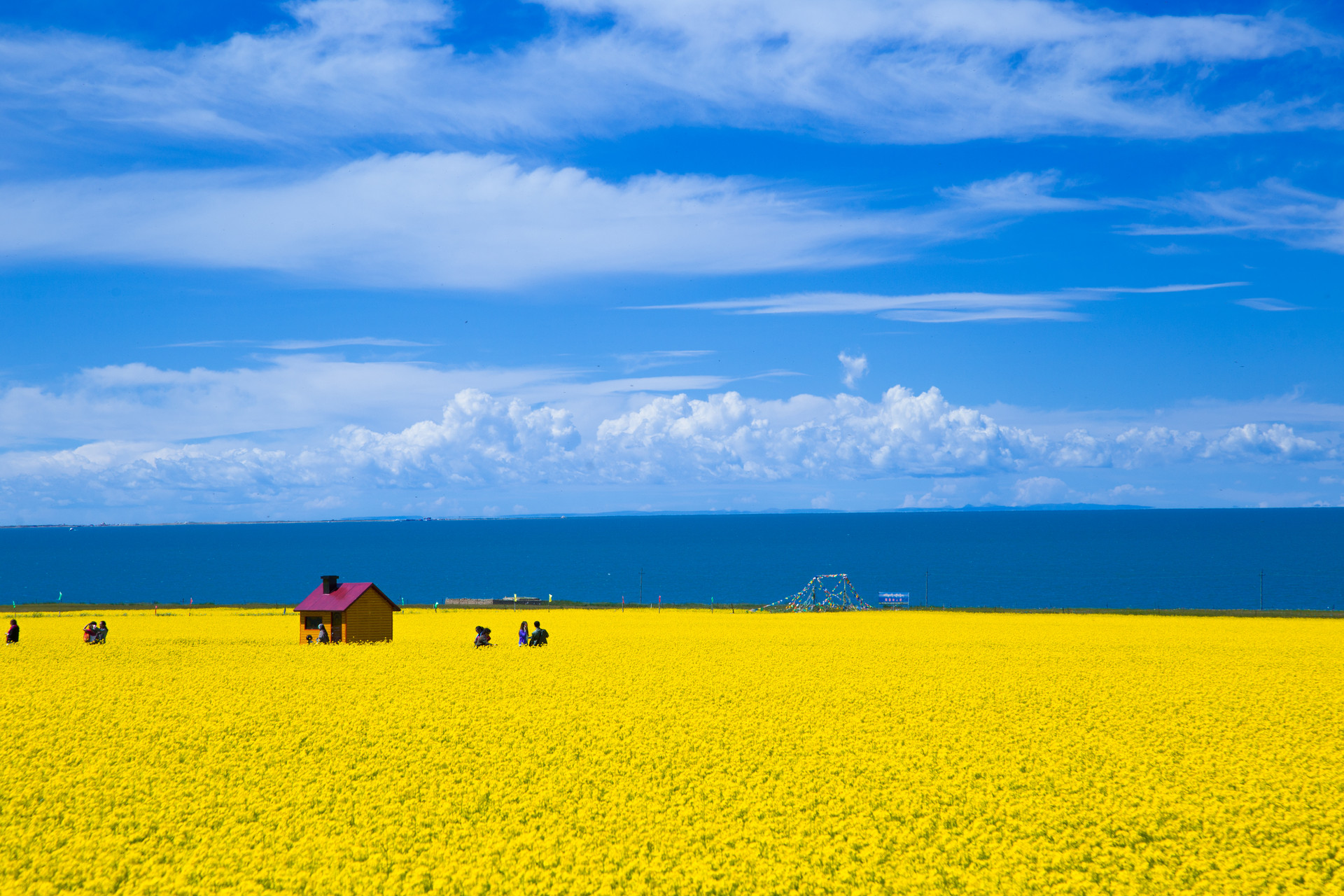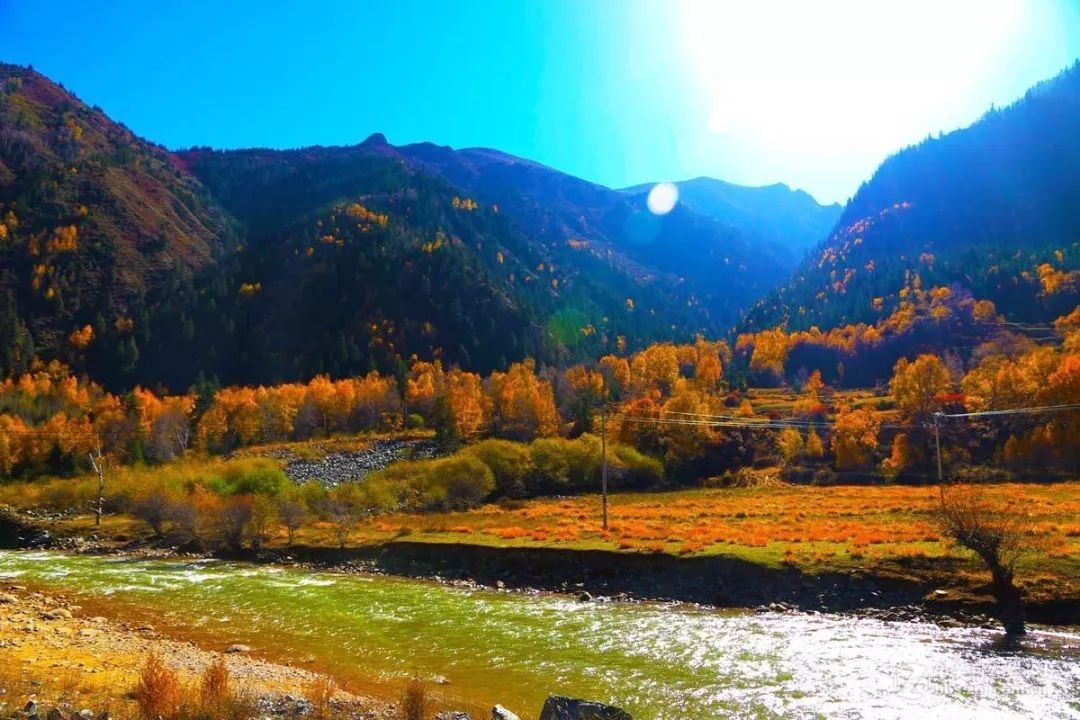The Best Time to Visit Qinghai: May to October
May-June: The temperature around the lake is low at this time, but it coincides with the best season of Qinghai Lake bird watching, Bird Island is inhabited by thousands of migratory birds, which is called the paradise of bird watching lovers.
July-August: When most cities are in the hot summer, Qinghai ushered in the most comfortable season of the year, with cool winds and green grass.This time is also the most beautiful season of Qinghai Lake, thousands of acres of rapeseed flowers around the lake are flourishing, and the temperature is suitable, not much rain. This is also the best time to ride around the lake, the annual tour of Qinghai Lake International Road Cycling Race is held during the period.
September-October: Considering that many families travel during the summer holidays, some attractions in July and August can get crowded. In addition to the most comfortable summer, early autumn in September and October are also good seasons to travel to Qinghai.


Qinghai Weather
Located on the Qinghai-Tibet Plateau, Qinghai Province is deeply inland, far from the sea, and has a plateau continental climate.
It has the following climatic characteristics :
(1)Qinghai has strong solar radiation intensity and sufficient sunlight and is a province with more sunshine hours and a large total radiation amount in China.
(2)The average annual temperature of each region in Qinghai Province ranges from -5.1℃ to 9.0℃, and the average temperature in January ranges from -17.4℃ to -4.7℃, among which Qilian is the coldest region. The average temperature in July is between 5.8℃ and 20.2℃, with Minhe being the hottest area. The area of Qilian Mountain and Qingnan Plateau, where the annual average temperature is below 0℃, accounts for more than 2/3 of the province's area. In the warmer eastern Huangshui Valley and the Yellow River Valley, the annual average annual temperature is about 6 ~ 9℃.
(3)The overall distribution trend of annual precipitation in the province is gradually decreasing from the southeast to the northwest, and the annual precipitation in most parts of the Qinghai is below 400 mm, between 410 and 520 mm in the Qilian Mountains, and more than 600 mm in the southeast of Jigzhi County and Baima County, of which Jigzhi is the region with the largest precipitation, and the average annual precipitation reaches 745 mm. The annual precipitation of the Qaidam Basin is between 17 and 182 mm, and less than 50 mm in the northwest of the basin.
(4)The frost-free period is 3 to 5 months in the eastern agricultural area, only 1 to 2 months in other areas, and there is no absolute frost-free period in some parts of Sanjiangyuan.




































